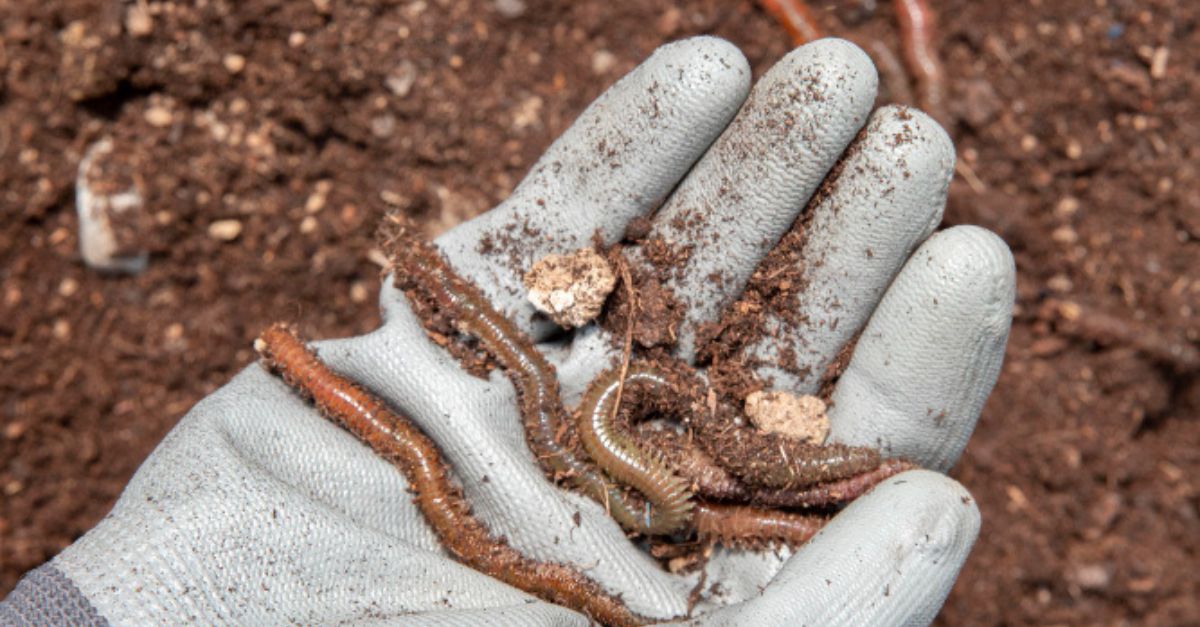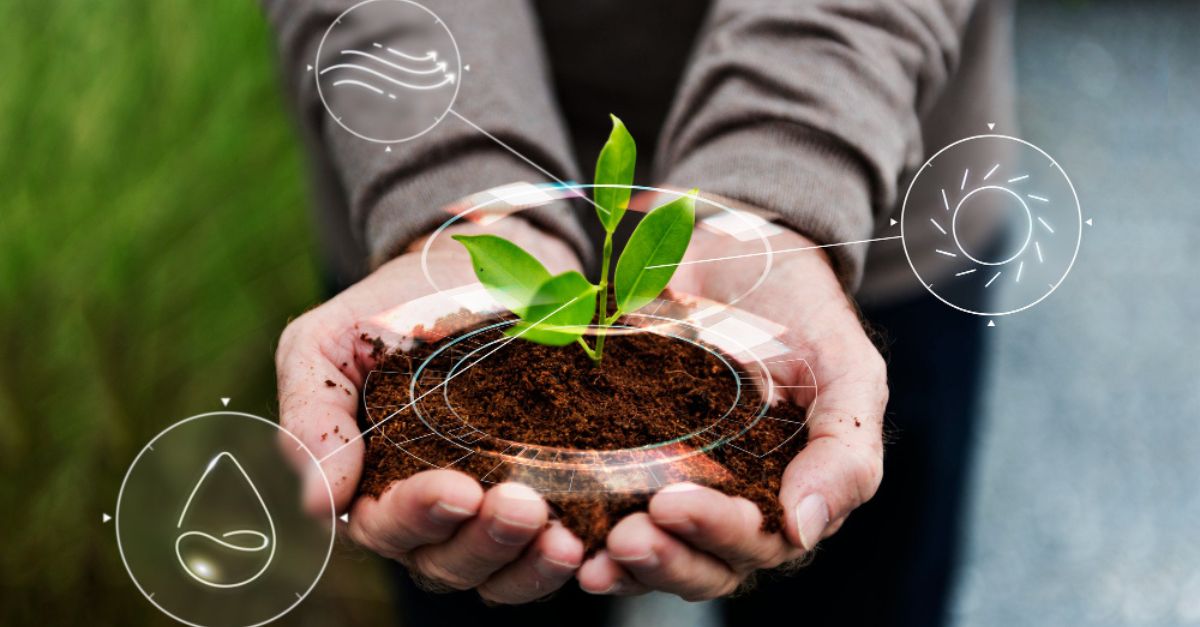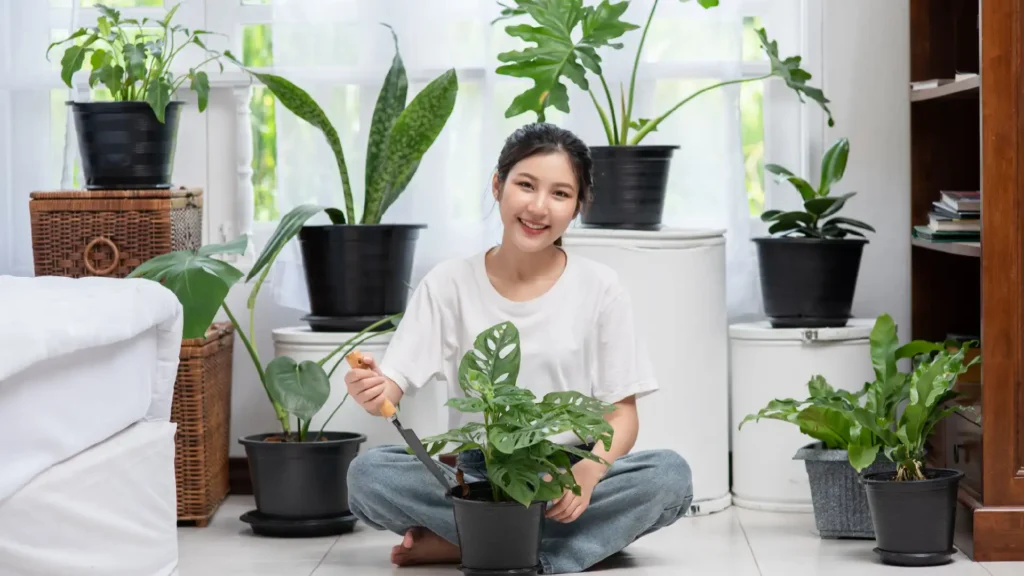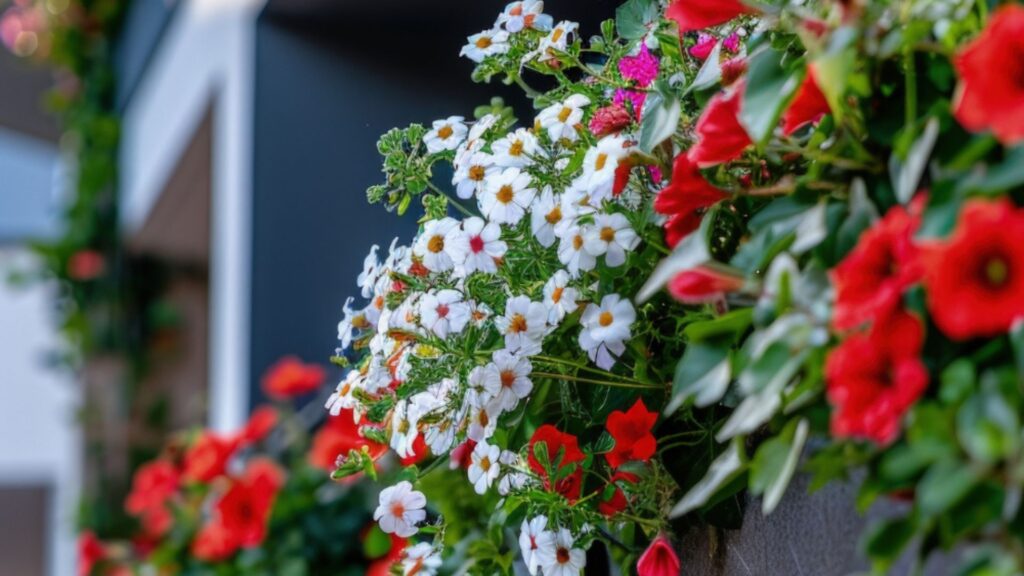Gardening enthusiasts often look for ways to enhance the health and productivity of their plants. One such effective and organic method is using vermicompost. Vermicompost, or worm castings, is a nutrient-rich, natural fertilizer produced by earthworms. It’s an excellent addition to potted plants, helping them thrive by providing essential nutrients and improving soil structure. In this article, we will explore how to use vermicompost in potted plants and the benefits it offers to transform your garden today.
Table of Contents
ToggleWhat is Vermicompost?
Vermicompost is a product of the decomposition process using various species of worms, usually red wigglers, white worms, and other earthworms. The end result is a dark, rich, earthy-smelling compost that is teeming with nutrients and beneficial microorganisms. Vermicompost is packed with essential nutrients like nitrogen, phosphorus, potassium, and micronutrients that are crucial for plant growth.
Why Use Vermicompost in Potted Plants?
- Nutrient-Rich: Vermicompost is loaded with essential nutrients that potted plants need to grow and flourish. It provides a balanced mix of macro and micronutrients.
- Improves Soil Structure: Vermicompost enhances soil aeration, improves water retention, and promotes beneficial microbial activity in the soil.
- Boosts Plant Growth: The nutrients and beneficial organisms in vermicompost stimulate plant growth and enhance the overall health of potted plants.
- Eco-Friendly: Using vermicompost is an excellent way to recycle kitchen waste and reduce landfill use. It’s a sustainable and eco-friendly gardening practice.
How to Make Vermicompost at Home
Creating vermicompost at home is straightforward and requires minimal investment. Here’s a step-by-step guide:
Materials Needed
- Worm Bin: You can use a plastic or wooden bin. Ensure it has a lid and proper drainage holes.
- Bedding Material: Shredded newspaper, cardboard, coconut coir, or peat moss work well.
- Kitchen Scraps: Fruit and vegetable peels, coffee grounds, eggshells, and tea bags.
- Red Wiggler Worms: These are the best worms for vermicomposting.
Steps to Create Vermicompost
- Prepare the Bin: Drill drainage holes at the bottom of the bin and add a layer of bedding material. Moisten the bedding until it feels like a damp sponge.
- Add Worms: Introduce the red wiggler worms to the bin. A pound of worms is enough for a small bin.
- Feed the Worms: Add kitchen scraps to the bin. Avoid adding meat, dairy, oily foods, and citrus, as these can harm the worms.
- Maintain the Bin: Keep the bin in a cool, dark place. Ensure the bedding remains moist and occasionally turn the material to aerate it.
- Harvest Vermicompost: After 2-3 months, you will notice dark, crumbly compost. Separate the compost from the worms and start a new batch.
How to Use Vermicompost in Potted Plants
Using vermicompost in potted plants is simple and can significantly boost plant health. Here’s how you can do it:
1. Mixing with Potting Soil
One of the easiest ways to use vermicompost is to mix it with potting soil. Here’s how:
- Proportion: Mix 1 part vermicompost with 3 parts potting soil. This provides a nutrient-rich medium for your plants.
- Planting: Use this mixture when planting new potted plants or repotting existing ones. The vermicompost will provide a steady release of nutrients as the plants grow.
2. Top Dressing
Top dressing involves adding a layer of vermicompost on the surface of the soil around your plants. This method is great for established plants. Here’s how:
- Application: Sprinkle a 1-2 inch layer of vermicompost on top of the soil. Be careful not to cover the plant stem.
- Watering: Water the plant as usual. The nutrients from the vermicompost will slowly seep into the soil, benefiting the plant.
3. Making Vermicompost Tea
Vermicompost tea is a liquid form of vermicompost that can be used to water plants and provide a nutrient boost. Here’s how to make it:
- Recipe: Fill a container with water and add a handful of vermicompost. Let it steep for 24-48 hours.
- Application: Strain the liquid and use it to water your plants. This liquid fertilizer provides an immediate nutrient boost.
4. Seed Starting Mix
Vermicompost can be used to create a nutrient-rich seed starting mix. Here’s how:
- Proportion: Mix equal parts vermicompost and coconut coir or peat moss.
- Planting: Use this mixture to start seeds. The vermicompost provides essential nutrients that help seedlings grow strong and healthy.
5. Mixing with Compost
Combining vermicompost with regular compost can enhance the nutrient profile of your potting mix. Here’s how:
- Proportion: Mix equal parts vermicompost and compost.
- Planting: Use this mixture for planting or as a top dressing for existing plants. The combined compost will provide a balanced nutrient supply.
Benefits of Using Vermicompost in Potted Plants
Using vermicompost in potted plants offers numerous benefits that can transform your garden. Here are some key advantages:
1. Enhanced Nutrient Availability
Vermicompost is rich in nutrients that are readily available to plants. Unlike chemical fertilizers, which can sometimes cause nutrient imbalances, vermicompost provides a balanced nutrient supply.
2. Improved Soil Health
The organic matter in vermicompost improves soil structure, enhances aeration, and increases water retention. This creates a healthier environment for plant roots.
3. Increased Microbial Activity
Vermicompost contains beneficial microorganisms that help break down organic matter and release nutrients into the soil. These microbes also help suppress soil-borne diseases.
4. Boosted Plant Growth
The nutrients and growth-promoting substances in vermicompost stimulate plant growth and improve overall plant health. Potted plants treated with vermicompost often exhibit lush foliage and vibrant blooms.
5. Environmental Benefits
Using vermicompost is an eco-friendly gardening practice. It helps recycle kitchen waste, reduces the need for chemical fertilizers, and lowers your carbon footprint.
Tips for Successful Vermicomposting
To ensure your vermicomposting efforts are successful, keep the following tips in mind:
1. Maintain Moisture Levels
Worms thrive in a moist environment. Ensure the bedding material is damp but not waterlogged. If it dries out, add a little water to maintain moisture.
2. Avoid Overfeeding
Overfeeding can lead to a smelly bin and attract pests. Feed the worms small amounts of kitchen scraps at a time, and only add more when the previous food is almost gone.
3. Monitor Temperature
Worms prefer a temperature range of 55-77°F (13-25°C). Keep the bin in a cool, shaded place to maintain an optimal temperature.
4. Manage pH Levels
Worms prefer a slightly acidic to neutral pH. Avoid adding too many acidic foods like citrus, and if needed, add some crushed eggshells to balance the pH.
5. Harvest Regularly
Harvest the vermicompost every 2-3 months to prevent the bin from becoming overcrowded. This also ensures a continuous supply of nutrient-rich compost for your plants.
Conclusion
Using vermicompost in potted plants is a simple and effective way to enhance plant health and boost growth. Whether you mix it with potting soil, use it as a top dressing, or make vermicompost tea, this organic fertilizer offers numerous benefits. By incorporating vermicompost into your gardening routine, you can transform your garden into a thriving, vibrant oasis. So, start using vermicompost today and watch your potted plants flourish like never before!





